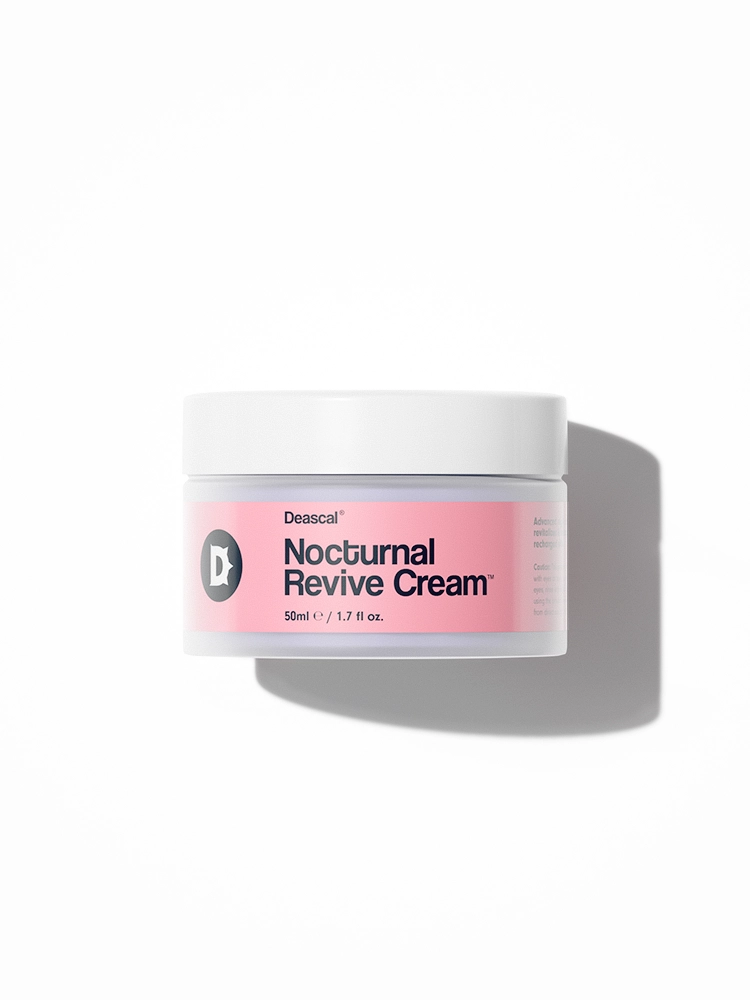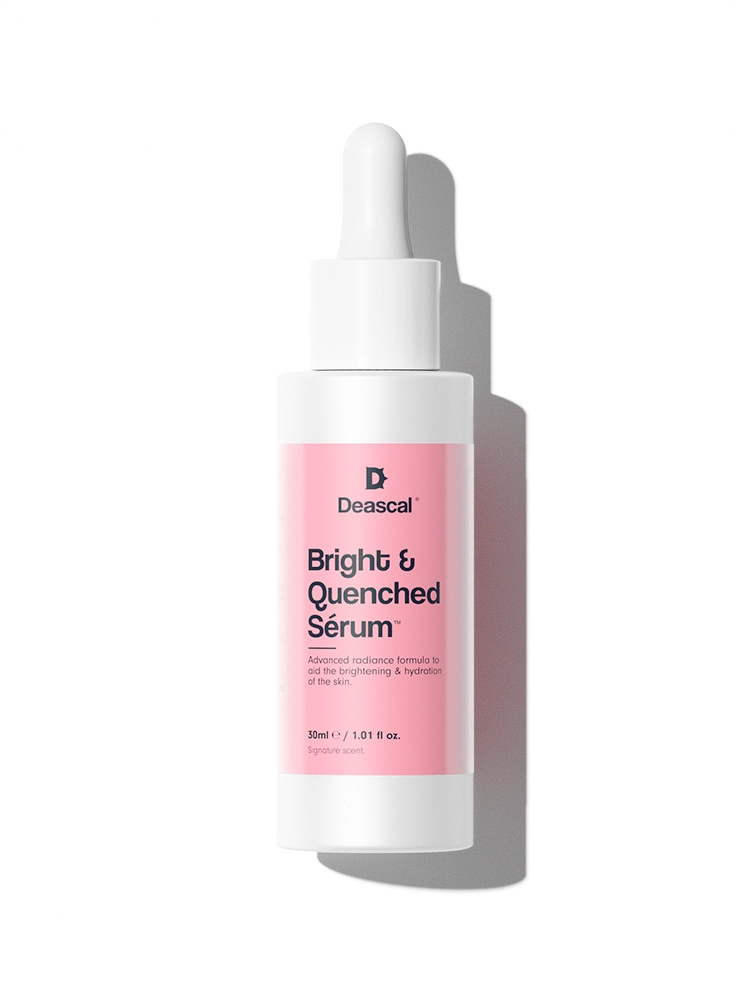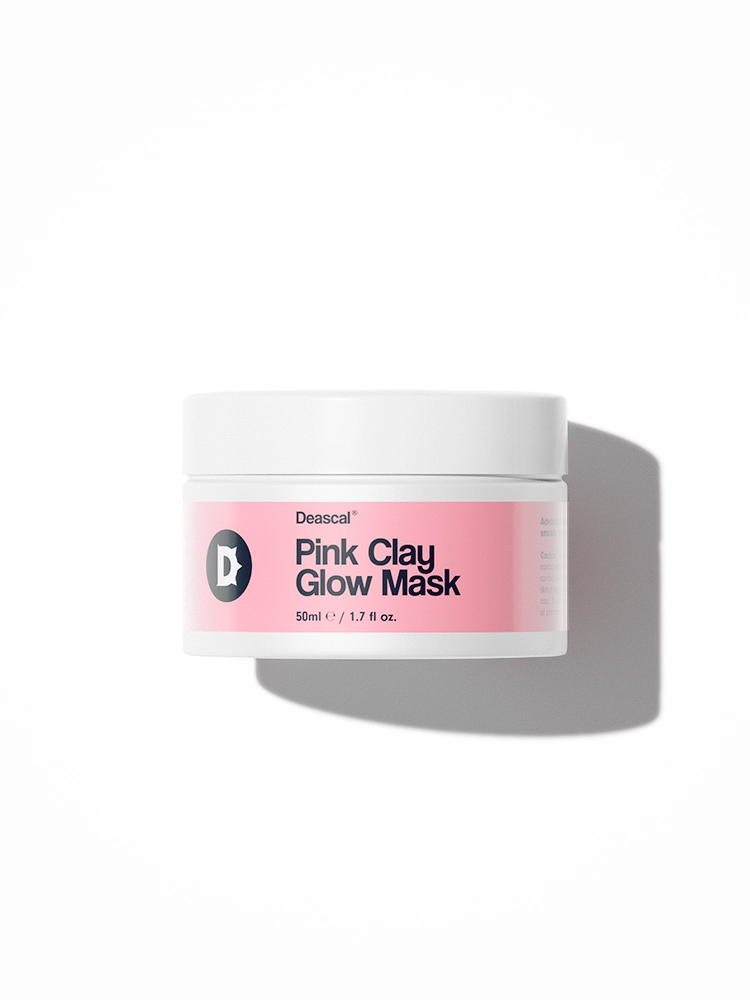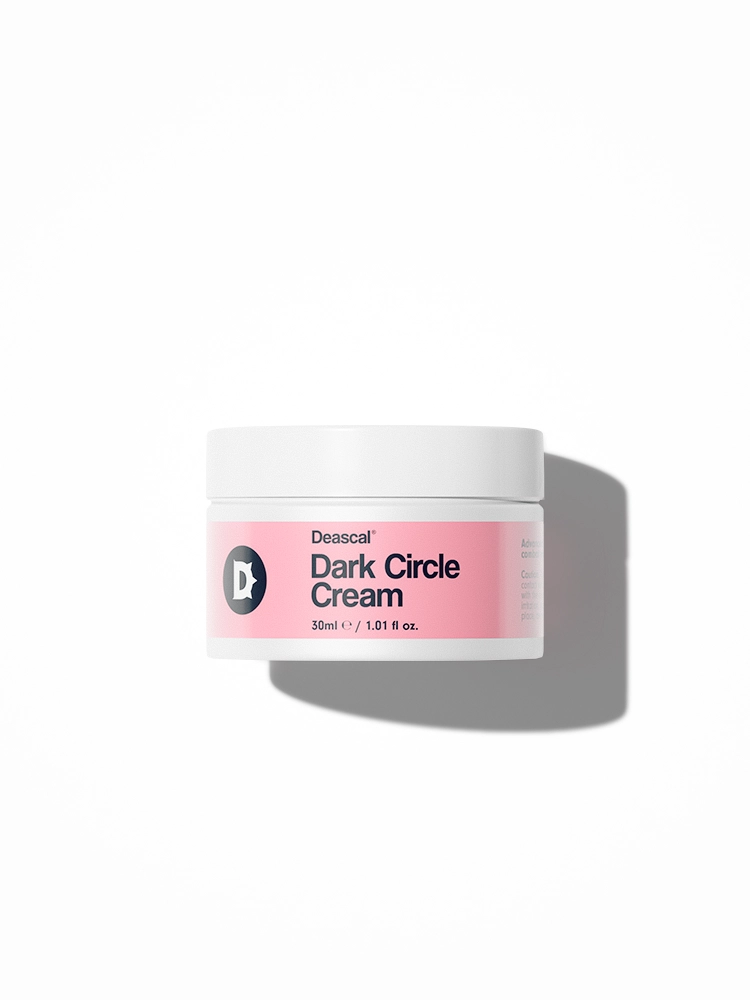What Is Lauryl Polyglyceryl-6 Cetearyl Glycol Ether?
Lauryl Polyglyceryl-6 Cetearyl Glycol Ether, also known by its more technical name, 1,2,3-Propanetriol, homopolymer, ethers with dodecanol and C16-18 alcohols (6 mol glycerol average molar ratio), is a versatile ingredient commonly found in various cosmetic products. This ingredient is primarily sourced from natural fatty alcohols, such as dodecanol and C16-18 alcohols, which are derived from plant oils or animal fats. The “Lauryl” part of its name refers to lauryl alcohol, a fatty alcohol that is often used in personal care products for its emulsifying properties.
The history of Lauryl Polyglyceryl-6 Cetearyl Glycol Ether in cosmetics is relatively recent, as the demand for more natural and skin-friendly ingredients has grown. Initially, the cosmetic industry relied heavily on synthetic emulsifiers and skin conditioning agents. However, as consumers became more conscious of the ingredients in their skincare products, there was a shift towards incorporating more naturally derived compounds. This ingredient emerged as a result of this shift, offering a more natural alternative to traditional synthetic emulsifiers.
The production of Lauryl Polyglyceryl-6 Cetearyl Glycol Ether involves a process called polymerization, where glycerol (1,2,3-Propanetriol) undergoes a reaction to form a homopolymer. This homopolymer is then reacted with fatty alcohols like dodecanol and C16-18 alcohols. The “6 mol glycerol average molar ratio” indicates that, on average, six glycerol units are linked together in the polymer chain. This complex chemical structure allows the ingredient to function effectively as both an emulsifier and a skin conditioning agent in various cosmetic formulations.
The Benefits/Uses of Lauryl Polyglyceryl-6 Cetearyl Glycol Ether
In this section, we will delve into the officially recognized cosmetic benefits and uses of Lauryl Polyglyceryl-6 Cetearyl Glycol Ether:
Skin Conditioning
Lauryl Polyglyceryl-6 Cetearyl Glycol Ether is known for its skin conditioning properties. This means it helps to maintain the skin’s softness, smoothness, and overall appearance. When included in cosmetic formulations, it can enhance the skin’s texture, making it feel more supple and hydrated. Essentially, it acts as a moisturizer, helping to keep your skin in tip-top shape.
Emulsifying
This ingredient also serves as an emulsifier. In simple terms, it helps to blend oil and water-based ingredients together, which is crucial for the stability and consistency of many cosmetic products. Without emulsifiers like Lauryl Polyglyceryl-6 Cetearyl Glycol Ether, products like lotions, creams, and some makeup items would separate, making them less effective and less pleasant to use. So, it plays a key role in ensuring that your favorite products have a smooth, uniform texture.
Note: the listed benefits above are exclusively based on the officially recognized and defined functions of the ingredient, as documented by the International Nomenclature of Cosmetic Ingredients (INCI).
Potential Side Effects & Other Considerations
Lauryl Polyglyceryl-6 Cetearyl Glycol Ether is generally considered safe for use in cosmetic products. It is well-tolerated by most skin types and is not known to be a common allergen. However, as with any ingredient, there are potential side effects to be aware of:
- Skin irritation
- Redness
- Allergic reactions
Regarding individuals who are pregnant or breastfeeding, data and research on the topical usage of Lauryl Polyglyceryl-6 Cetearyl Glycol Ether during pregnancy are lacking. Therefore, it is advisable for pregnant or breastfeeding women to consult a healthcare professional for further advice before using products containing this ingredient.
Adverse reactions to Lauryl Polyglyceryl-6 Cetearyl Glycol Ether are relatively uncommon. However, it is always a good practice to conduct a patch test before widespread usage to ensure that your skin does not react negatively to the ingredient.
In terms of comedogenicity, Lauryl Polyglyceryl-6 Cetearyl Glycol Ether has a rating of 1 on a scale of 0 to 5, where 0 is totally non-comedogenic and 5 is highly comedogenic. This low rating means that it is unlikely to clog pores and is generally suitable for people prone to acne, blemishes, or breakouts.




